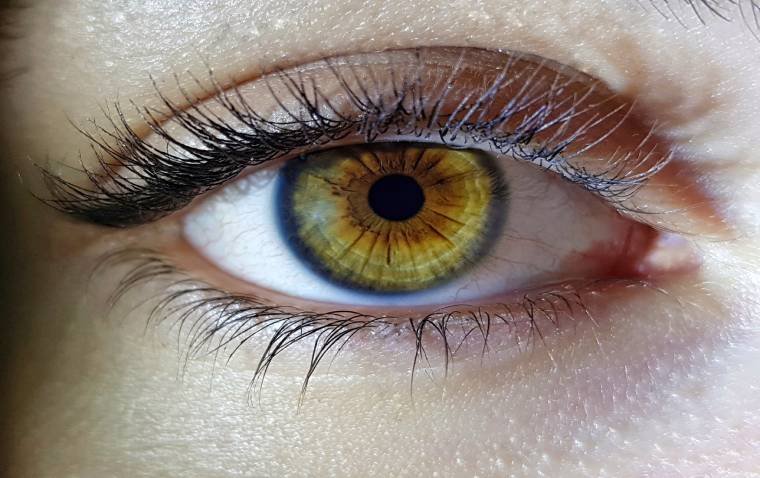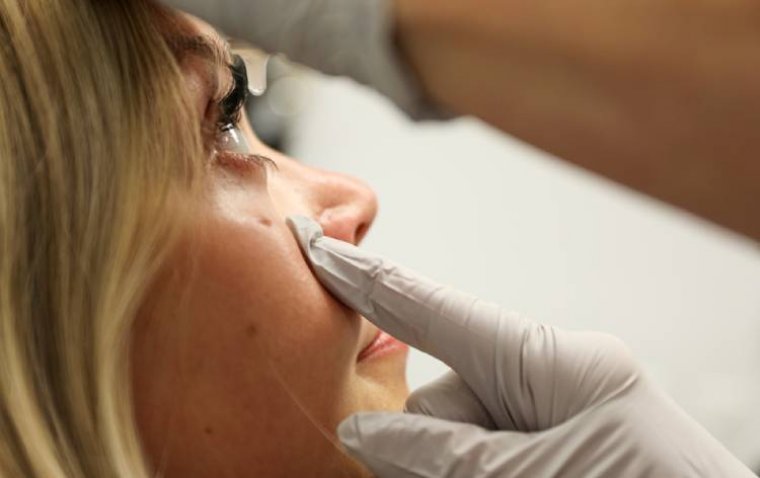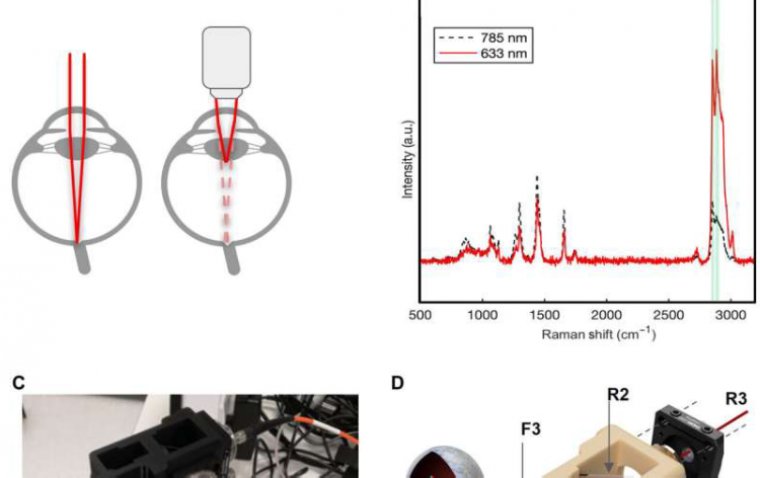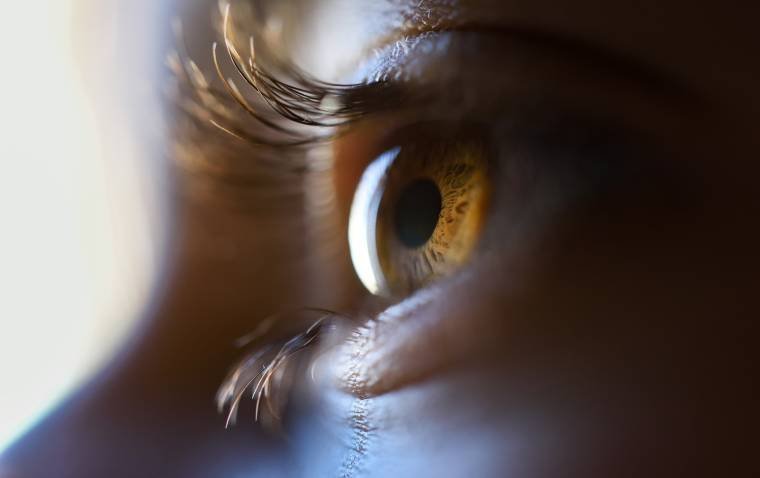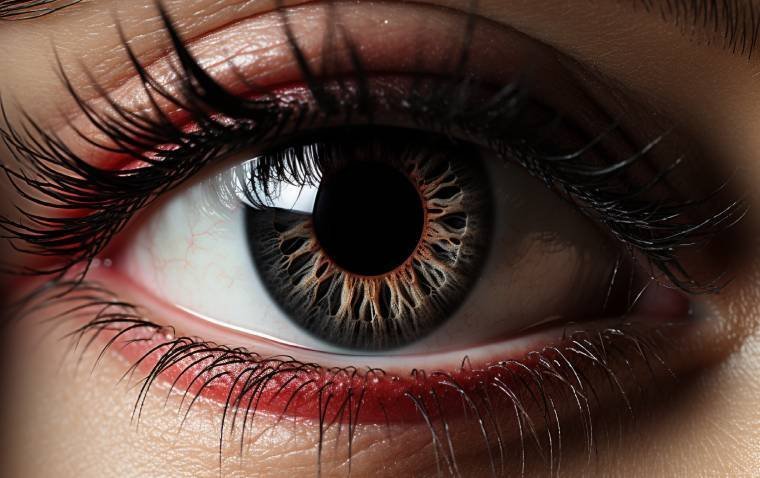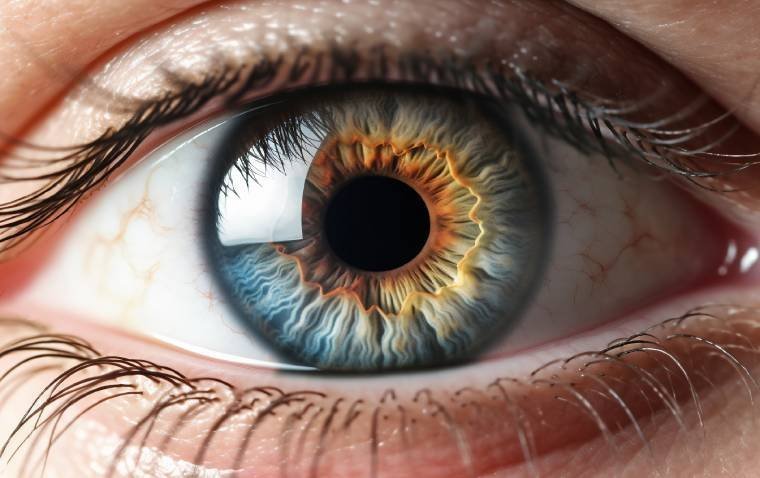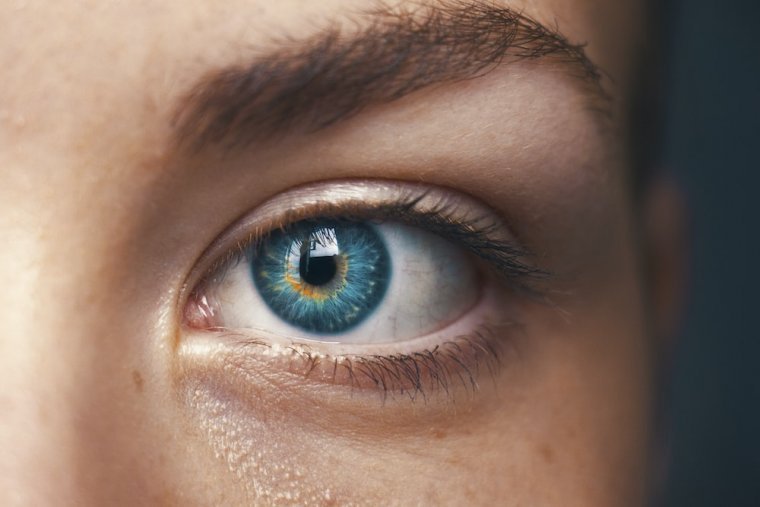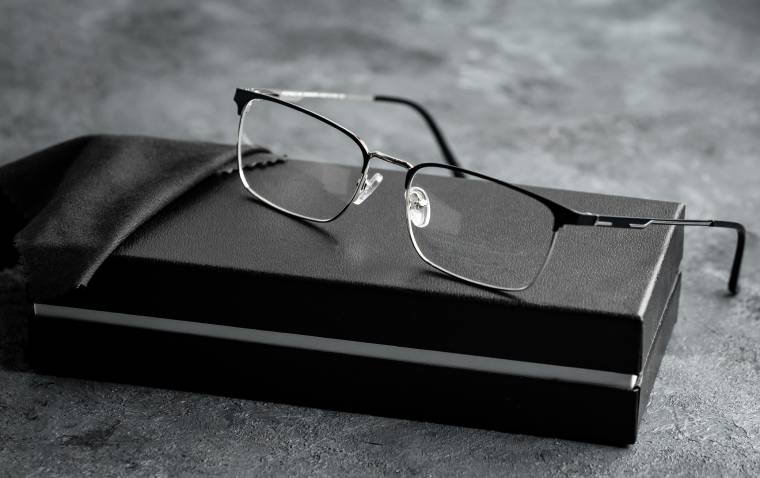
Millions Still Lack Access to Glasses as Global Vision Correction Progress Stalls
A new global study led by Professor Rupert Bourne of Anglia Ruskin University (ARU) has revealed that access to basic vision corrections such as eyeglasses—remains limited for millions, with only minimal progress made since 2010. The findings, published in The Lancet Global Health, underscore the widening gap between current global coverage rates and the targets set by the World Health Organization (WHO).
Study Overview: Minimal Global Progress Since 2010
Using data from 815,273 participants across 76 countries, the study assessed effective refractive error coverage (eREC)—a measure of how many people who need vision correction actually receive adequate treatment. As of the most recent data, global eREC stands at 65.8%, only a six-percent point increase since 2010.
The WHO has set an ambitious goal: a 40-percent point increase in eREC by 2030. According to researchers, the current rate of progress suggests this target will not be met without urgent global intervention.
“Data from 815,000 people across 76 countries in our new study shows that we are off track to meet World Health Organization targets,” said Professor Rupert Bourne, Principal Investigator of the study and Professor of Ophthalmology at Anglia Ruskin University.
“Urgent global action is needed to reach the goal of a 40% increase in eyeglasses coverage by 2030.”
Regional Disparities and At-Risk Populations
The study organized data into seven global "super regions":
• North Africa and the Middle East
• Sub-Saharan Africa
• Latin America and the Caribbean
• South Asia
• Southeast Asia, East Asia, and Oceania
• Central Europe, Eastern Europe, and Central Asia
• High-income regions (e.g., North America and Western Europe)
Marked disparities were found across these regions. In high-income countries, eREC is relatively high—85% for men and 83% for women. In contrast, sub-Saharan Africa reports eREC rates of only 30% for men and 27% for women.
The burden of uncorrected vision loss falls disproportionately on:
• Low-income countries
• Women
• Older adults
High-income countries such as the UK are expected to achieve 100% eREC by 2030 under WHO guidelines, but many low-resource regions are significantly behind.
Encouraging Trends and Rising Need
The data does highlight some progress. From 2000 to 2023, the number of individuals receiving correct prescriptions for eyeglasses increased by 50%. However, the overall need for glasses has grown even more rapidly due to lifestyle-related risk factors, such as:
• Increased screen time
• Decreased outdoor activity during childhood
These factors are contributing to the global rise in refractive error prevalence, particularly myopia.
Policy Solutions: Case Studies in Progress
The research outlines successful national strategies that other countries could emulate:
• France: Implemented full reimbursement for spectacles under universal health insurance in 2021–2022.
• Pakistan: Launched multiple national eye care plans over the past two decades, resulting in increased spectacle use and decreased vision loss due to uncorrected refractive errors.
The Urgency of Eyeglasses Access
Professor Bourne, who leads the Vision Loss Expert Group, emphasized the profound impact of basic vision correction:
“Correction of refractive error is the safest, most efficient, and most economical intervention to improve daily vision quality. It contributes to poverty reduction, enhanced well-being, improved work productivity, education, and equity.”
Despite its low cost and proven benefits, eyeglasses remain out of reach for millions. The study calls for coordinated international action to expand access and meet the WHO’s global vision correction goals by 2030.
Reference:
Rupert Richard Alexander Bourne et al, Effective refractive error coverage in adults: a systematic review and meta-analysis of updated estimates from population-based surveys in 76 countries modelling the path towards the 2030 global target, The Lancet Global Health (2025). DOI: 10.1016/S2214-109X(25)00194-9
(1).jpg)
